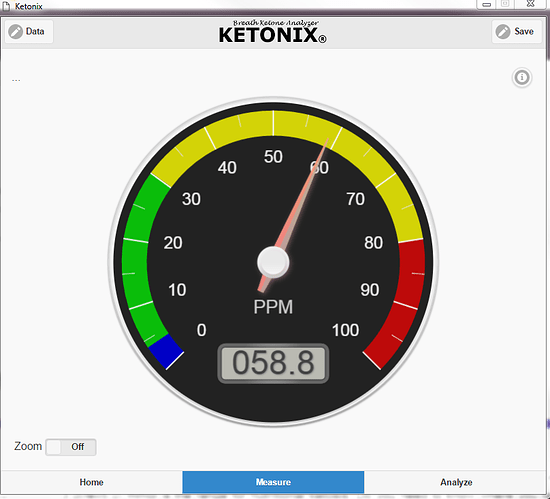I’ve been on Keto for 8 to 10 days now. I’ve eaten very clean (Keto wise). I’ve peed on a stick some times two or three times a day from the start…nothing.
I then REALLY looked at every single carb (yes the hidden one…counted every single thing I put in my mouth)….peed on a stick (maybe … and I mean maybe) a shade change…or not.
Next day under 10 carbs all day (basically just eggs, butter, bacon, ground beef just to see)…pee’d on a stick absolutely NOTHING. Tried a different brand of stick…nothing.
I’m 230 lbs dude and I am currently taking in between 1500-2000 calories. Aside from the initial few days of water weight…nothing on the scale either.
What the heck gives?
I don’t particularly want to start poking my finger.
If the scale or the damn sticks don’t start moving, I’m seriously thinking about just switching back to the Haggan Dazs Coffee Flavored Ice Cream diet cause I had zero problem following that one!
Either that or I am getting a Sharpie out and colored the pee stick myself!
Someone talk me down from the edge please!!!





